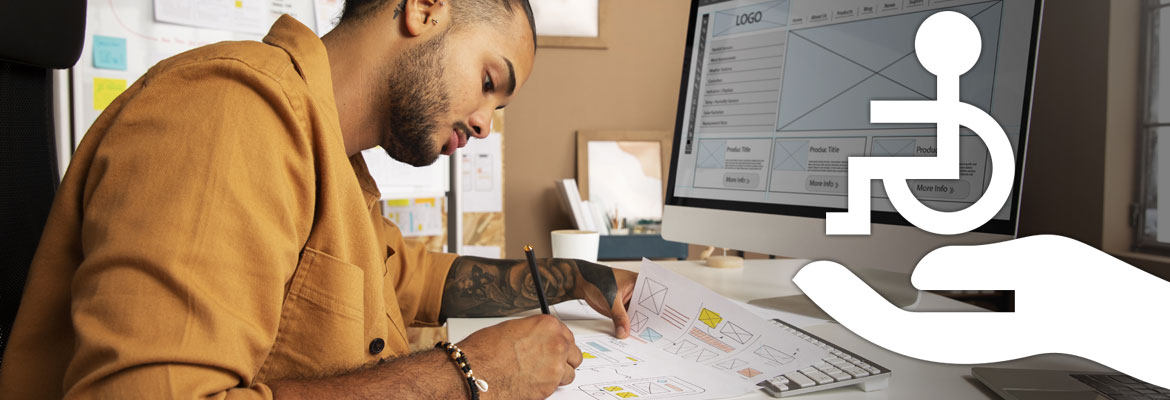Design an Inclusive Website: Empowering People with Disabilities

Design an Inclusive Website: Empowering People with Disabilities
Welcome to our world of web design, where we wholeheartedly believe in creating digital spaces that are accessible to everyone! At Octadyne, we're passionate about crafting websites that captivate the senses and embrace the diverse needs of every user, including those with disabilities. With over 1 billion people worldwide facing various challenges, it's our honor and responsibility to ensure that every individual can explore the boundless wonders of the internet with ease and joy.
So, how do you go about designing a website that celebrates accessibility? Buckle up, because we have some tips to transition your website toward inclusion:
Here are some tips for designing a website that is accessible to people with disabilities:
-
Use proper heading structure:
Proper use of heading tags (H1, H2, H3, etc.) is crucial for people using screen readers or other assistive technologies to navigate your website. -
Provide alternative text for images:
Screen readers cannot read images, so it's essential to provide alternative text that describes the image's content and purpose. -
Ensure color contrast:
Poor color contrast can make it difficult for people with visual impairments to read your website's content. Use high-contrast colors to ensure that the text is easily readable. -
Use descriptive link text:
Avoid using "click here" as your link text. Instead, use descriptive text that describes where the link goes or what it does. -
Make sure your website is keyboard accessible:
Many people with disabilities use a keyboard to navigate the web. Ensure that all website elements can be accessed and navigated using only a keyboard. -
Use clear and concise language:
Use clear and concise language in your website's content to make it easier to understand for people with cognitive disabilities. -
Provide closed captions and transcripts for videos:
Closed captions and transcripts help people with hearing impairments access video content. -
Ensure that your website is compatible with screen readers and other assistive technologies:
Test your website with different assistive technologies to ensure compatibility. -
Consider using assistive technology yourself:
Using assistive technology can help you identify accessibility issues on your website and improve the user experience for people with disabilities.
By following these tips, you can ensure that your website is accessible to people with disabilities, providing equal access to information and resources. Remember, designing for accessibility not only benefits people with disabilities but also improves the overall user experience for everyone who visits your website. Give us a call today to see how we can help get your site on the right track!